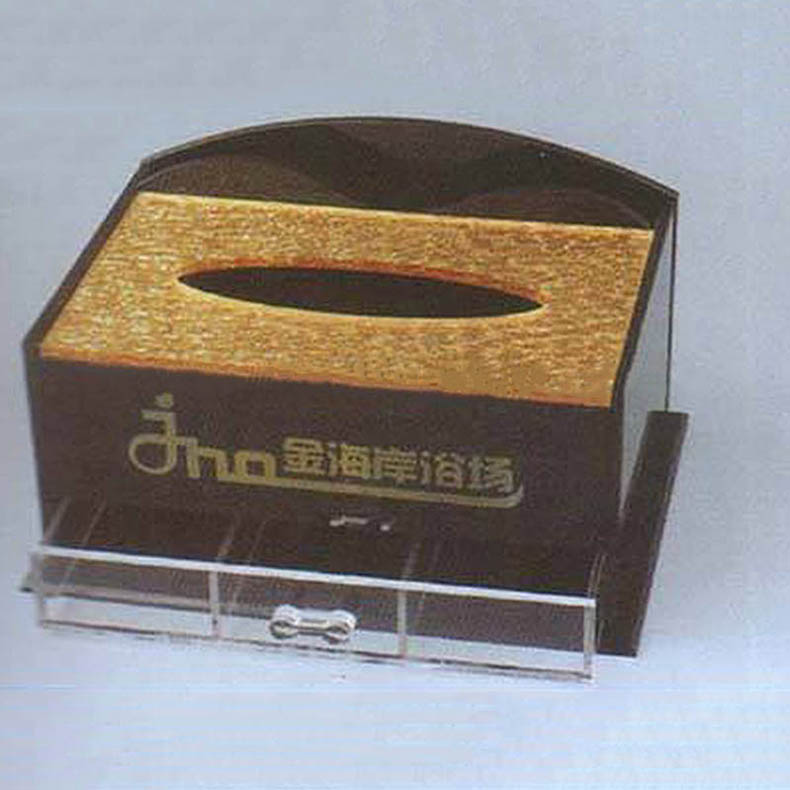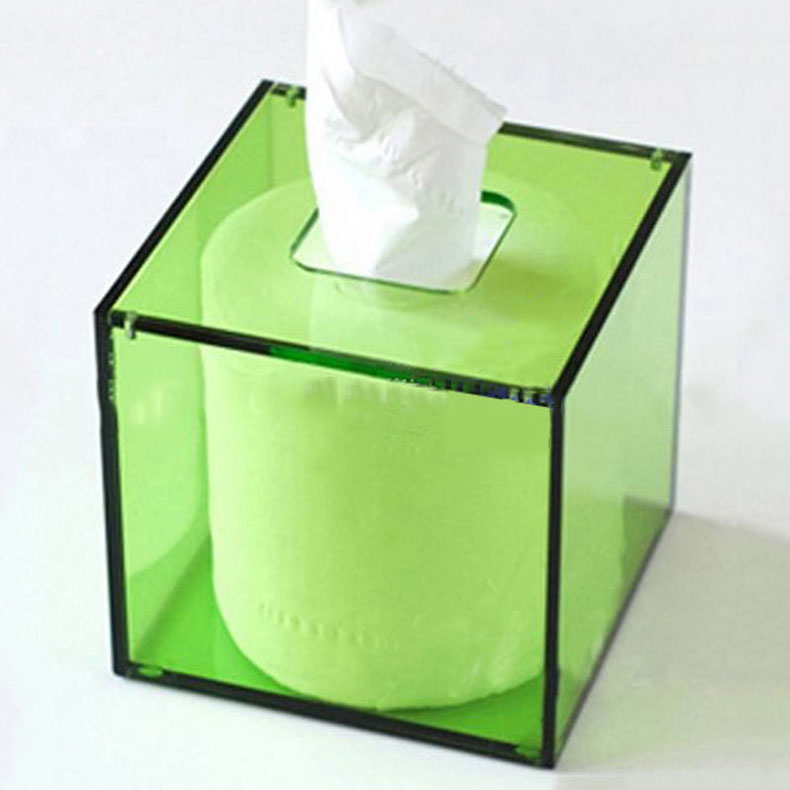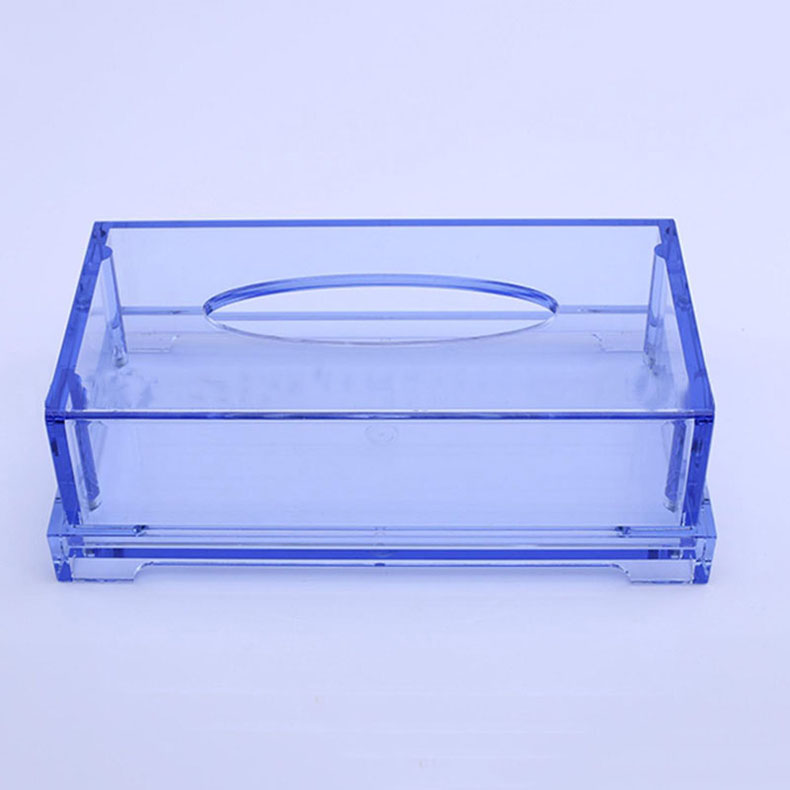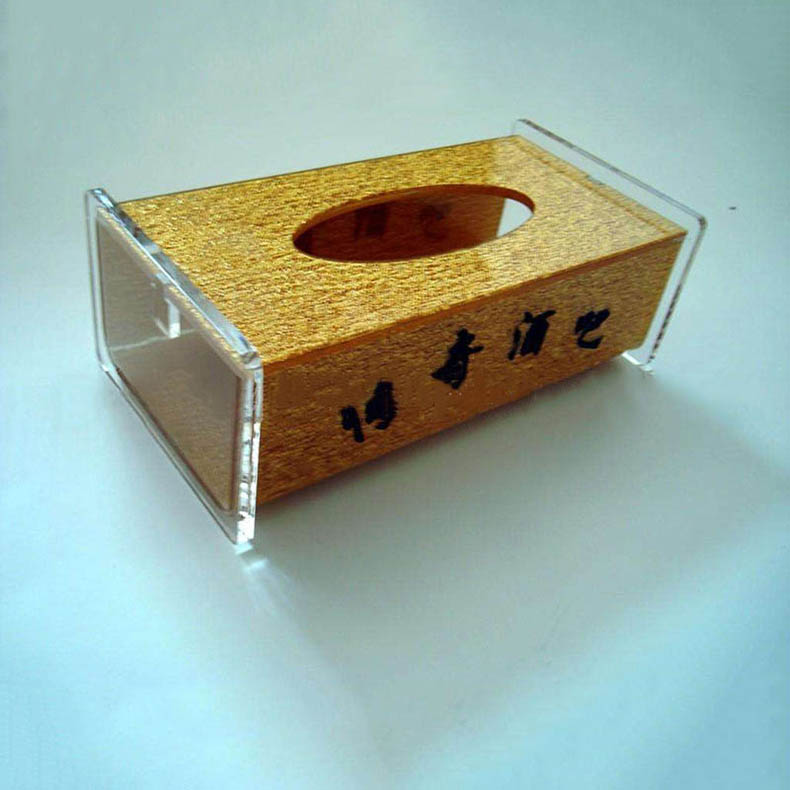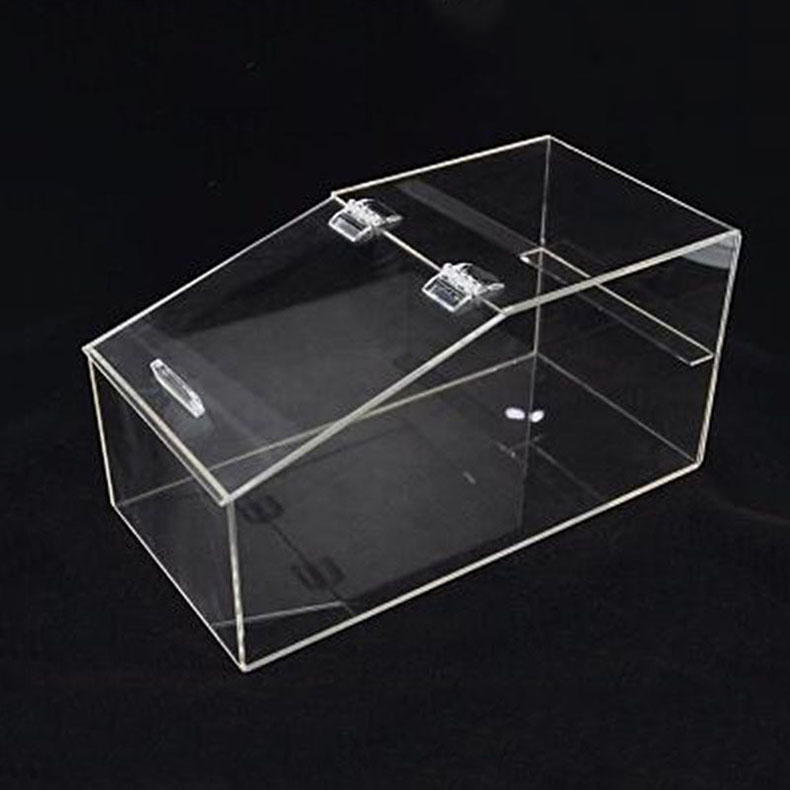Is Acrylic a Plastic Fabric?
Acrylic is a term that encompasses various interpretations in the realms of materials and textiles. When discussing whether acrylic is a “plastic fabric,” it’s essential to break down the characteristics of acrylic, its classifications, and its applications to understand its standing fully. This lengthy exploration will delve into the nature of acrylic, its properties, its manufacturing processes, and its use in fashion and home textiles, ultimately addressing whether it qualifies as a plastic fabric.
Understanding Acrylic: The Basics
Acrylic, chemically known as polymethyl methacrylate (PMMA), is a synthetic polymer that belongs to the group of plastics. It was first synthesized in the 1920s and has become a popular material due to its versatility and range of applications, particularly in optics, automotive components, and design. In addition to PMMA, the term “acrylic” is also associated with acrylic fibers, which are synthetic fibers derived from the same polymer family.
Acrylic fibers are made through a polymerization process, where the acrylic polymer is extruded through a spinneret and then solidified to create long strands. These strands can then be woven or knitted into fabrics. Thus, while acrylic in its raw form is indeed a plastic, the products derived from it can be classified as textiles and fabrics.
Acrylic as a Fiber
Acrylic fibers, often seen in clothing and home textiles, represent a significant use of acrylic in fabric form. The properties of acrylic fibers include:
Softness and Warmth: Acrylic fibers are soft to the touch, making them pleasant for wearing. They mimic the properties of wool, providing warmth without the associated itchiness of animal fibers.
Lightweight: Acrylic fabrics are lightweight, which contributes to their comfort and versatility in different garments.
Resistance to Moths and Mildew: Unlike natural fibers, acrylic does not provide a food source for moths or mildew, extending the life of the textiles made from it.
Colorfastness: Acrylic has excellent dye retention properties, allowing for vibrant colors that do not fade easily when washed.
Durability: Acrylic fabrics are known for their resistance to wear and tear, making them a suitable choice for both fashion apparel and home furnishings.
Quick Drying: Acrylic’s quick-drying properties make it an excellent choice for performance garments, such as activewear.
These characteristics make acrylic an attractive option for a wide range of uses, from sweaters and hats to blankets and upholstery.
Acrylic in the Textile Industry
In the textile industry, acrylic is commonly used for various applications, including:
Clothing: Acrylic is used in a variety of garments, from casual wear like sweaters and scarves to more specialized apparel. Due to its lightweight and insulating properties, acrylic is a popular choice in cold-weather clothing.
Home Textiles: Acrylic fibers are often employed in blankets, throws, rugs, and upholstery fabrics. The fibers’ washability and colorfastness make them ideal for items that require maintenance and durability.
Performance Wear: The moisture-wicking properties of acrylic make it suitable for activewear. Athletes often wear clothing made from acrylic blends due to their ability to keep moisture away from the body.
Knitted Fabrics: Acrylic is frequently used in knitwear, where the fibers are combined with other materials for added performance and comfort.
Comparisons with Other Fabrics
To determine if acrylic should be categorized as a plastic fabric, comparisons with other materials are necessary:
Polyester: Like acrylic, polyester is also a synthetic fabric derived from petroleum products. Polyester is known for its durability and resilience but can sometimes feel less breathable than acrylic. Both materials are often blended to enhance fabric properties.
Nylon: Nylon, another synthetic fabric, is recognized for its strength and elasticity. While nylon is generally stronger than acrylic, acrylic offers better warmth retention. Both serve different purposes and target markets in the textile industry.
Natural Fibers: When comparing acrylic to natural fibers like cotton or wool, the differences become even more pronounced. While cotton is breathable and soft, it is also less durable than acrylic. Wool offers excellent insulation, but its moisture retention can be cumbersome. Acrylic’s blend of durability, softness, and lightweight nature sets it apart in numerous applications.
Environmental Considerations
One significant aspect of acrylic as a plastic fabric is its environmental impact. As a synthetic fiber, acrylic is made from petroleum, a non-renewable resource. The production of acrylic fiber involves significant energy consumption and can lead to pollution. While acrylic is durable and has a long lifespan in textiles, its disposal poses challenges. Acrylic fabric doesn’t biodegrade easily, which contributes to plastic waste in landfills.
However, efforts are being made within the textile industry to improve sustainability by recycling acrylic fibers and developing more eco-friendly production techniques. Additionally, some brands are exploring alternatives that minimize environmental impact. As consumers become more eco-conscious, the sustainability of materials like acrylic will play a crucial role in their categorization as “plastic fabrics.”
Conclusion: Is Acrylic a Plastic Fabric?
To answer the question, “Is acrylic a plastic fabric?” we must acknowledge that acrylic itself is a type of plastic, as it is a synthetic polymer derived from petrochemicals. In its fiber form, it is manufactured to be woven into fabric, thereby qualifying it as a plastic fabric. The range of properties, applications, and benefits offered by acrylic fibers demonstrates their significant role in contemporary textiles.
While acrylic provides numerous advantages in terms of performance and durability, it is essential to consider the environmental implications associated with plastic fabrics. As awareness of sustainability in fashion and textiles continues to grow, the industry may see innovations that further refine and redefine the use of acrylic, ensuring it meets the needs of a changing marketplace.
Acrylic’s dual nature—as both a plastic and a fabric—places it in a unique position within the textile landscape. Whether being utilized for fashion or home décor, acrylic’s multifaceted characteristics make it a valuable material in modern applications, even as discussions about its environmental impact challenge traditional perceptions of fabric production and usage. Thus, acrylic stands as a testament to the evolution of textiles, merging the capabilities of synthetic materials with the needs of contemporary consumers.



